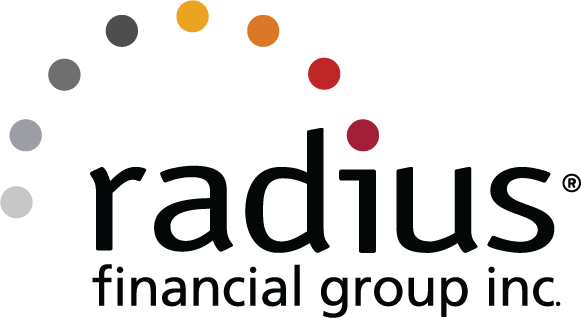If you have a low credit score, you might view homeownership as impossible, but it doesn’t have to be. Whether you take steps to boost your score or select a loan with more flexible requirements, there are plenty of options for those with imperfect credit. In this blog post, we'll break down the process of buying a house with bad credit and give you more information about the home buying process.
What Do Lenders Consider Bad Credit?
Although there are no specific credit minimums required by lenders, scores below 670 are considered subprime. And those who have scores below 500 will have an incredibly hard time getting approved for a mortgage loan. On the other hand, those with scores of 740 and above are more likely to get approved and receive lower interest rates.
Is Buying a House with Bad Credit Possible?
Lenders want to know that you are a good risk before they lend you money, and credit is just one part of the equation. A good credit score signifies that you have a proven history of repaying your debts and are, therefore, more likely to dutifully repay your mortgage. However, you can make up for a lackluster score in a few different ways, such as:
- Larger down payment: Putting more money down means you have more skin in the game and the lender is risking less money.
- Low debt: If your debt-to-income ratio is low—meaning your monthly debts make up a small percentage of your monthly income—that shows that you could feasibly add a mortgage payment to your plate.
- Large income: If you make a substantial amount of money and can prove that you have steady employment, that should ease lenders’ worries about repayment.
Of course, even if you manage to get approved with a low credit score, you will likely receive higher interest rates, which could add thousands of dollars to your payments over the lifetime of the loan. But there is always the option of improving your credit over time and refinancing down the road.
What Are the Best Loans for Those with Poor Credit?
If you’re able to make up for a low score with other compensating factors, a conventional loan could still be a good option for you. If you’re having trouble getting approved for a loan because you don’t fit the standard mold, you could ask if manual underwriting is an option. Automated underwriting systems will sometimes automatically reject applicants with low credit scores, but if you have documentation to prove you’re a good risk, manual underwriting could work for you.
Government-backed loans are another good option for those with low credit because most of them have more flexible underwriting requirements. Lenders are taking less of a risk with these loans because the government partially insures them. Here are three common government-backed loans to consider:
- FHA: Scores as low as 500
- VA: Scores as low as 620
- USDA: Scores as low as 600
It’s important to note that borrowers with the minimum required credit scores for each of these loans will likely have to pay larger down payments. For example, FHA applicants with scores below 580 are required to put down at least 10 percent, whereas those with scores above 580 can put down as little as 3.5 percent.
What Are Some Ways to Improve Your Credit?
If you’re not in a rush, the best move might be to improve your score before buying a home. As mentioned above, prime borrowers receive lower interest rates, which can mean thousands of dollars in savings over the life of the loan when compared with high interest rate mortgage loans. If you’re hoping to improve your credit, it’s helpful to consider which factors contribute to your credit score. The five primary factors include:
- Payment history: Your history of repaying your debts, or why it’s important to pay your credit card bills on time.
- Credit utilization: The percentage of your credit limit that you use. The less you use, the better.
- Age of credit history: The amount of time you’ve had a credit card or loan of some sort. The longer your history of repaying debts, the better.
- Types of credit: It’s good to have a variety of credit, such as a credit card, student loans, and car payments.
- Amount of new credit: New credit includes any recent loans you’ve taken out or lines of credit you’ve applied for. A large amount of new credit will bring down your score.
How can you improve your score? Here’s a list to get you started:
- Increase your credit limit: By increasing your limit, you will reduce your credit utilization.
- Sign up for automatic payments: In order to avoid late payments.
- Add new accounts: Adding accounts can diversify your credit, while reducing the utilization of each card. You don’t want to go crazy here, though, because adding lines of credit could add to the amount of new credit you have.
- Avoid hard inquiries: Hard inquiries occur when you open new lines of credit, such as a new credit card, or when you get pre-approved for a mortgage loan. Hard inquiries can lower your score.
- Have collections items deleted: Even after you have repaid an outstanding debt, an overdue collection could still linger in your credit history. But you can sometimes request to have a collection account removed, which could help improve your score.
As you begin taking steps to improve your score, you can check your progress through your credit card company, if they provide that service. Otherwise, you can get a free credit report each year from one of the three major credit reporting agencies: TransUnion, Equifax, and Experian.
Take the Next Step Toward Homeownership
A low credit score doesn’t have to be the end of your story. Everyone’s financial situation is unique.




